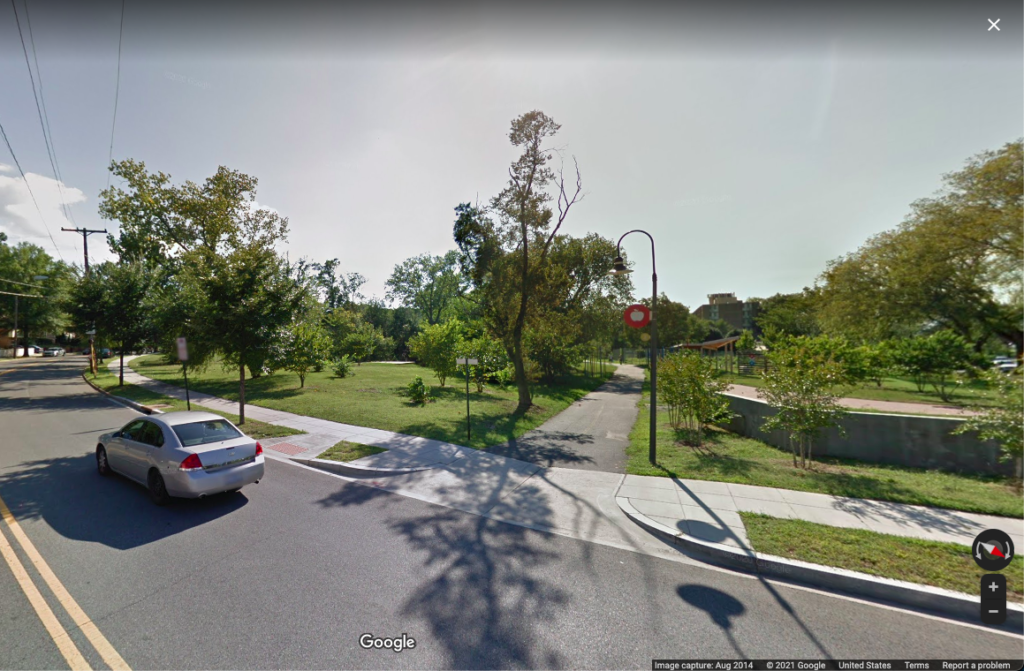
Black History Month, celebrated every February in the States, is a time to remember and honor the many groups and individuals who contributed to the success and achievements of this country as well as to advancement for African Americans as a people. Black History Month was born in DC by our very own Dr. Carter G. Woodson, who started Negro History Week in 1926. His house in Shaw, located at 1538 9th St NW in Shaw, is now a National Historic Site.
In the past, we’ve looked at the places in DC and people in forestry celebrating African American contributions to our country and field, but this year, we thought we’d do something different since this has been a wholly unusual year. Looking at the places our crew has planted sans volunteers in 2020, we’re going to spend the month delving into the prominent African Americans behind some of our planting locations, enriching our understanding of their place.
First we looked at Turner Elementary School and then Tubman Elementary School. Up next? Marvin Gaye Park.
Marvin Gaye was an American singer, songwriter and producer. He was one of the main singers that created the Motown sound of the 1960s, first as a session performer and later as a solo artist.
Marvin Gaye grew up in East Capitol Dwellings, at #12 60th Street NE. His musical talents started to show at a very young age when he began singing in church at the age of four. He attended Cardozo High School in Shaw and, while there, joined various vocal groups.
Blessed with an exceptionally wide range that encompassed three distinct vocal styles—a piercing falsetto, a smooth mid-range tenor, and a deep gospel growl—Gaye combined great technical prowess with rare musical individuality. Nicknamed the Prince of Soul, Marvin Gaye successfully produced and sold a range of different genres of music including soul, R&B, funk, jazz, pop and blues. His Motown hits included ‘How Sweet It Is (To Be Loved By You)’ and ‘I Heard It Through the Grapevine’, and duets with Mary Wells, Kim Weston, Diana Ross, and Tammi Terrell.
Now that we know the man behind the park’s name, what is the park like?
Formerly called Watts Branch Park, the area was officially rededicated as Marvin Gaye Park on April 2, 2006, what would have been the singer’s 67th birthday. It’s Washington’s longest municipal park, stretching nearly two miles across Northeast Washington. The park occupies a stretch of green stream valley along Watts Branch—the largest tributary to the Anacostia River within the District.
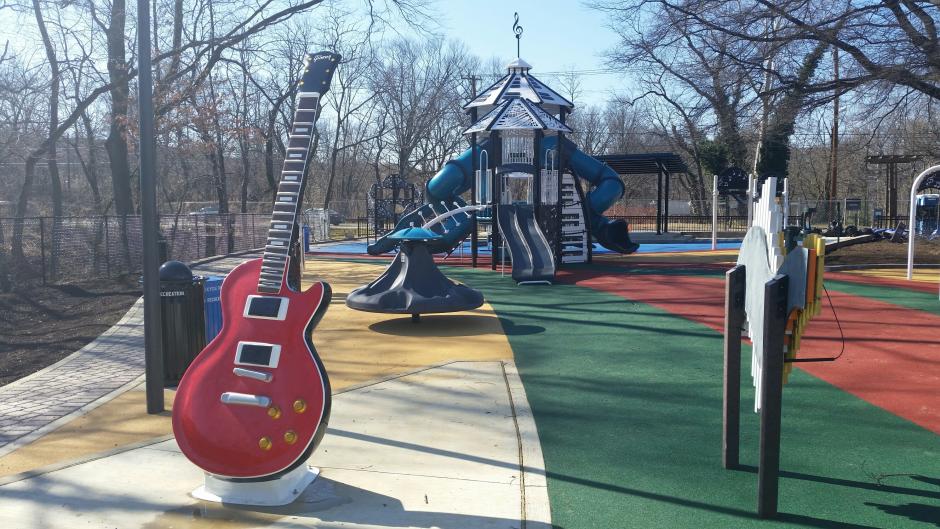
Led by community members and organizations, the park has undergone numerous transformations and revitalizations. Today, visitors can find a mosaic with Marvin Gaye’s image that graces the entrance of Lady Bird Johnson Meadows. Many other features that are themed around the timeless hits of his storied music career. One of the playgrounds is designed in the shape of a piano and has equipment shaped like musical notes. The park also features a splash pad, community stage, performance plaza and winding bicycle trail that runs throughout the park.
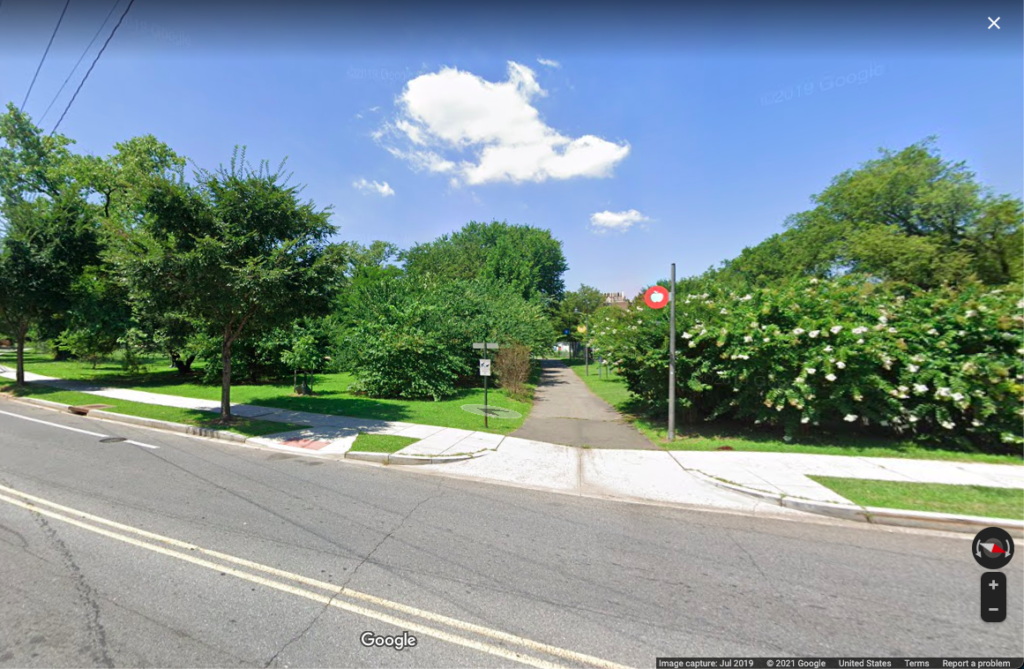
Another feature of the park? Trees, native grasses and plants! The Lady Bird Johnson meadow was mentioned, and we’re grateful to be a small part of the park’s revitalization through our replanting and education efforts.
In 2020, we were happy to add serviceberries to the Marvin Gaye Community Garden. This simple addition pales in comparison to our mammoth crew planting back in 2018. We were able to take the extra trees from our Fall 2017 season and plant them through the park and along the bike trail. Working with Washington Parks and People and the DC Department of Parks and Recreation, we added over 55 trees. These included typical towering favorites like Oaks, Elms and Magnolias as well as lesser known urban workhorses like American Hornbeams and Hackberries. But what would a park, especially named after the Prince of Soul, be without a little pizazz? We also added numerous ornamental trees like Redbud, Dogwood, and some Fringetrees.
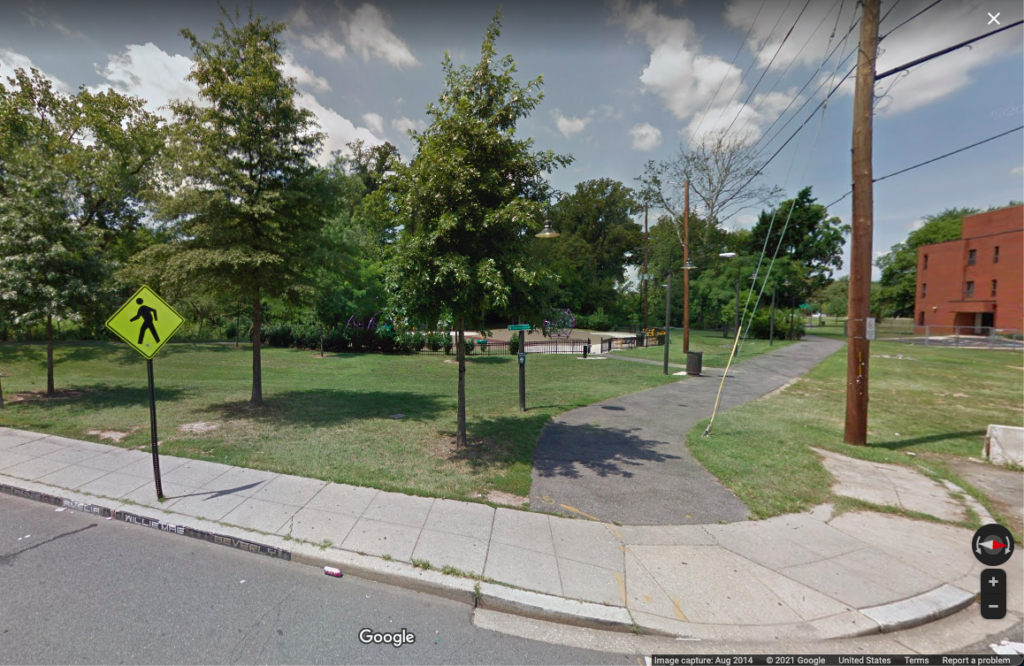
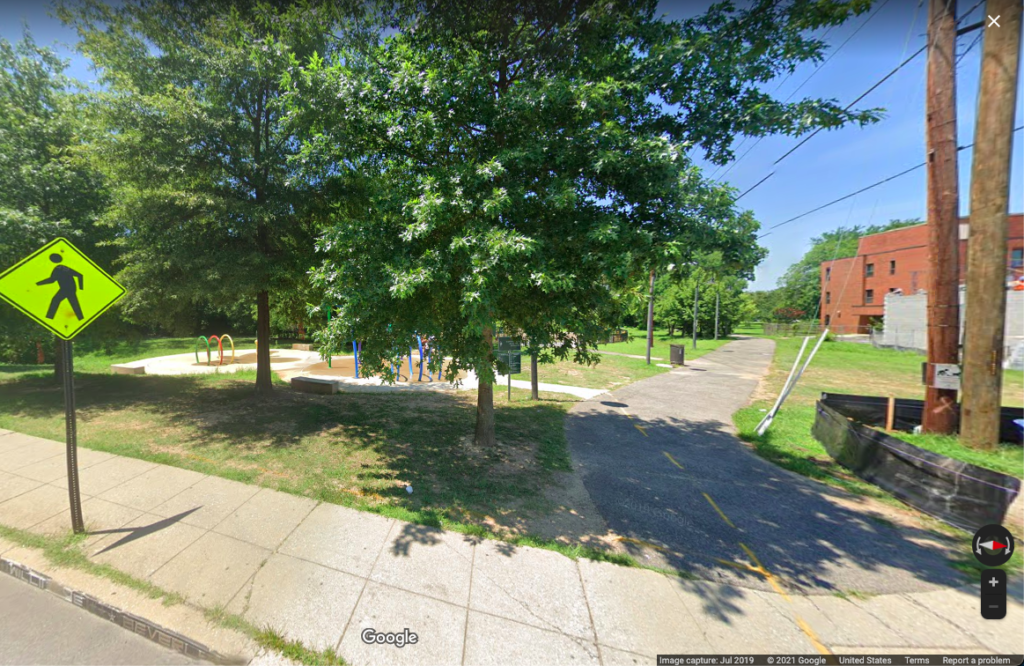
Planting wasn’t our first time in Marvin Gaye Park, though. In 2017 we worked with three Student Conservation Association Crews to document tree species, height, diameter of the trunk, width of the crown and more. Over three weekends in July they measured each and every tree in the Park. Our Park Inventory Program is a crucial step before planting because it gives folks an idea of the health and make-up of the trees in the park so you can determine shortcomings or gaps in planting plans.

In August 2015, we introduced the magic and beauty of trees to community youth through our nature and place based summer education program TreeWise. 16 kids ages six to 14 became Junior Urban Foresters and worked to get their official stamp by learning how trees are beneficial, how to best care for trees and what they need to survive, how they fit into ecosystems and habitats, and how to identify some common trees throughout the city.
To grow a greater, greener city, we must work together, not just today or tomorrow, but day after day and year after year. When we teach younger generations about the value of trees and green space now, we will ensure that our city’s lush tree-filled legacy continues. When we know more about the people and names behind the schools, parks, and centers we retree, our perception and understanding of that place and its legacy is enriched. We need your support to continue inspiring future tree stewards – become Casey Trees Member today. Your gift ensures programs like this continue.
Article photo courtesy of the Washington Area Bicyclist Association.
